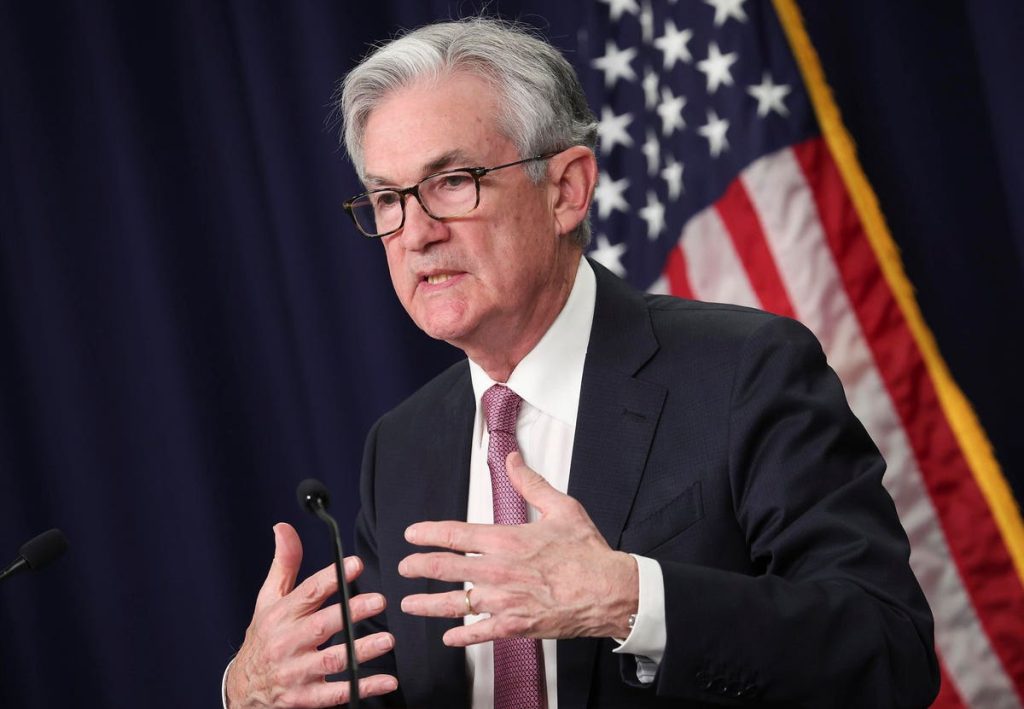Banks rejected more than 8-in-10 business loan applications in May.
Small business loan approval percentages at big banks dipped from 13.5% in April to 13.4% in May, according to the latest Biz2Credit Small Business Lending Index™. Meanwhile, approval ratings at small banks remained at 18.7%. Essentially, bank lending to businesses has stalled.
Banks are having a hard time getting new deposits, and when they do they have to pay higher interest rates to get deposits. The banks are getting hit on both sides of the equation, so they are not lending. They began to tighten their lending parameters last year, and then the collapse of Silicon Valley Bank, Signature Bank and First Republic Bank raised concerns about liquidity throughout the industry earlier this year. Small and midsize banks are losing deposits to big banks in the aftermath of the multiple bank failures.
Related: SVB’s Collapse Could Also Create Big Problems For Small Businesses
A recent study by the Federal Reserve reported lending policies tightened for commercial and industrial (C&I) loans to large, midsize and small firms in the first quarter of 2023. Meanwhile, banks reported weaker demand for all commercial real estate (CRE) loan categories, according to the Fed’s Senior Loan Officer Opinion Survey (SLOOS) on Bank Lending Practices.
Why have the banks become stingier?
According to the Fed, they cited an uncertain economic outlook, reduced tolerance for risk, deterioration in collateral values, and concerns about banks’ funding costs and liquidity positions. The banks also reported concerns about funding costs, liquidity positions, and deposit outflows as reasons for tighter lending standards for the rest of 2023.
Additionally, the Fed’s Small Business Employer Survey released in May found that small businesses reported needing credit for expansion, meeting operating expenses, making repairs or replacing assets, and refinancing or paying down debt. Employer firms are typically securing financing most commonly through big banks, small banks, online lenders, the Fed survey said.
Meanwhile, as the central bank’s Federal Open Market Committee (FOMC) has frequently boosted interest rates, banks must pay depositors more to keep them from moving money to higher-yielding investments, such as Treasuries. While this has been happening, banks have become concerned about falling asset values and deteriorating credit quality. Thus, they have a reduced tolerance for risk, which has curtailed their aptitude to grant new loans.
Approval percentages at non-traditional lenders rose slightly in May, according to the Biz2Credit Small Business Lending Index released on June 6, 2023. Institutional investors’ approval rates increased from 26.7% in April to 26.9% last month, while alternative lenders improved from 28.7% in April to 28.9% in May. Credit unions were stagnant at 18.9%. Approval rates at these non-bank lenders are roughly half of what they were in February 2020 just before the pandemic hit.
Right now, SBA loans are the best bet from banks. However, the rates on 7(a) loans are up to about 12% currently, and they take up to two months to process. Businesses that need money quickly are searching online and turning to alternative lenders, which offer capital at even higher interest rates than the banks do. Borrowers pay for the speed of the transaction and the increased risk the lenders are taking during turbulent times.
With high employment, rising oil prices, and persistent inflation, there is a good chance that the Fed will once again hike interest rates another 25 bps in June or perhaps they will wait until July. While the timing is an issue, it is all but certain that we can expect the cost of capital to rise for small business borrowers as the Federal Reserve continues its attempts to curb inflation. With full employment, high labor costs, and rising oil prices, the Fed likely will not back away from rate hikes any time soon.
In short, it’s a tough time for businesses in search of capital at this time, and it could take a while for this credit crunch to improve.
Read the full article here










